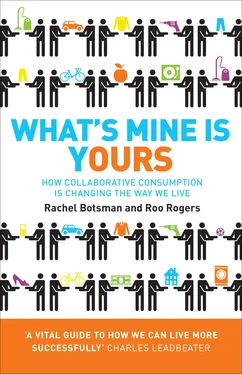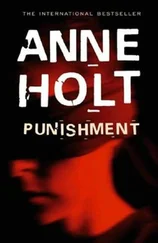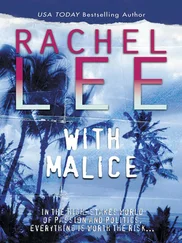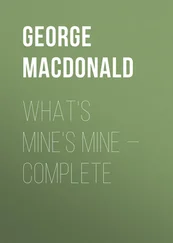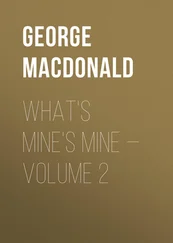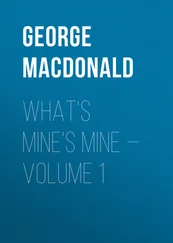Statistics on allotment waiting lists were widely reported in the British media in August 2009, such as ‘Forty-Year Wait for Allotments’, BBC coverage: http://news.bbc.co.uk/2/hi/uk_news/england/london/8193100.stm.
Joseph Pisani, ‘Car Sharing Takes Off’, CNBC (4 December 2009), http://76.12.4.249/artman2/uploads/1/Car_Sharing_Takes_Off_-_ CNBC.pdf.
David Zhao, ‘Carsharing: A Sustainable and Innovative Personal Transport Solution’, Frost & Sullivan Automotive Practice (28 January 2010), www.frost.com/prod/servlet/market-insight-top. pag?Src=RSS&docid=190795176.
Statistics from Gartner Research (5 January 2010). Retrieved January 2010, www.gartner.com/it/page.jsp?id=1272313.
Value of the market sector of used children’s clothing provided by James Reinhart, founder of thredUP.
L.S., ‘Collaborative Consumption’, posted on the Economist blog (22 April 2010), http://www5.economist.com/blogs/babbage/2010/04/peer_to_peer_car_rentals.
Charles Leadbeater, We-Think: Mass Innovation Not Mass Production (Profile Books, 2008), 26.
Mark Levine, ‘Share My Ride’, The New York Times (5 March 2009), http://www.nytimes.com/2009/03/08/magazine/08Zipcar-t.html.
Lewis Carroll, Through the Looking-Glass (Macmillan, 1871), 205.
This idea was raised in the blog post ‘Socialism or Not: Lessig Responds to Kelly’, Adrian J. Ivakhiv (31 May 2009), http://aivakhiv. blog.uvm.edu/2009/05/socialism_or_not_lessig_responds_to_kelly. html.
Michael Spence, ‘Markets Aren’t Everything’, Forbes.com (12 October 2009), www.forbes.com/2009/10/12/economics-nobel-elinor-ostrom-oliver-williamson-opinions-contributors-michael-spence. html.
Juliet B. Schor, The Overspent American: Why We Want What We Don’t Need (Basic Books, 1998).
Susan Casey, ‘Our Oceans Are Turning into Plastic . . . Are We?’ Best Life Magazine (20 February 2007).
Ibid.
Ibid.
This section was heavily influenced by Richard Grant’s, ‘Drowning in Plastic: The Great Pacific Garbage Patch Is Twice the Size of France’, Daily Telegraph (24 April 2009), www.telegraph.co.uk/earth/environment/5208645/Drowning-in-plastic-The-Great-Pacific-Garbage-Patch-is-twice-the-size-of-France.html.
Statistics on annual consumption of plastic materials come from ‘Plastics Recycling Information’. Retrieved August 2009, www.wasteonline.org.uk/resources/InformationSheets/Plastics.htm.
Thomas M. Kostigen, ‘The World’s Largest Dump: The Great Pacific Garbage Patch’, Discover Magazine (10 July 10 2008), http://discovermagazine.com/2008/jul/10-the-worlds-largest-dump.
Paul Hawken, Amory Lovins and L. Hunter Lovins, Natural Capitalism (Rocky Mountain Institute, 1999), 4, www.natcap.org/sitepages/pid5.php.
Tim Radford, ‘Two-Thirds of World’s Resources “Used Up”,’ Guardian (30 March 30 2005), www.guardian.co.uk/science/2005/mar/30/environment.research.
Ervin Laszlo, The Chaos Point: The World at the Crossroads (Hampton Roads Publishing Company, 2006), 17.
Global Footprint Network and WWF’s Living Planet Report (September 2009), www.footprintnetwork.org/images/uploads/EO_Day_Media_Backgrounder.pdf.
Victor Lebow, ‘Price Competition in 1955’, Journal of Retailing (Spring 1955), www.scribd.com/doc/965920/LebowArticle.
Tim Jackson, ‘Motivating Sustainable Consumption: A Review of Evidence on Consumer Behaviour and Behavioural Change’, published in a paper by the Centre for Environmental Strategy, University of Surrey (2005), www.epa.gov/sustainability/Workshop0505/5d_Jackson_Tim.pdf.
Statistics on PC energy usage are from the 2009 P.C. US Energy Report, www.1e.com/EnergyCampaign/downloads/PC_ EnergyReport 2009-US.pdf.
The artist Chris Jordan talked about this idea during his talk at the TED conference (June 2008). The video can be viewed at www.ted. com/talks/chris_jordan_pictures_some_shocking_stats.html.
‘Dixie Cup Company History’, Lafayette College Libraries (August 1995), www.lafayette.edu/~library/special/dixie/company.html.
Jordan, TED talk.
Giles Slade, Made to Break: Technology and Obsolescence in America (Harvard University Press, 2006), 25.
Susan Strasser, Waste and Want: A Social History of Trash (Henry Holt and Company, 1999). Strasser talks at length about the connections between disposability and woman’s liberation.
Kay Bushnell, ‘Plastic Bags: Smothered by Plastic’, a paper produced by the Sierra Club, www.sierraclub.org/sustainable_consumption/articles/bags1.asp.
Hawken et al., Natural Capitalism.
Sarah Graham, ‘Making Microchips Takes Mountains of Materials’, Scientific American (6 November 2002).
Slade, Made to Break, 5.
‘The E Waste Problem’, posted on the Greenpeace website, www.greenpeace.org/international/campaigns/toxics/electronics/the-e-waste-problem.
John Thackara, Inside the Bubble (MIT Press, 2006), 22.
Neal Lawson, All Consuming (Penguin, 2009), 41.
Brian Walsh, ‘Meet Dave, the Man Who Never Takes Out the Trash’, Time (22 September 2008), www.time.com/time/health/article/0,8599,1843163,00.html.
Ibid.
Annie Leonard, The Story of Stuff (Free Press, 2010). The transcript of the video can be found at www.storyofstuff.com/pdfs/annie_ leonard_footnoted_sript.pdf.
Ibid.
Clive Hamilton, ‘Why Consumer Capitalism Loves Waste’, quoted in his speech to the 6th Asia Pacific Roundtable for Sustainable Consumption and Production (October 2005), www.clivehamilton. net.au/cms/media/documents/articles/Consumer_Capitalism_ Loves_Waste.pdf.
Ibid.
Jon Mooallem, ‘The Self-Storage Self’, The New York Times (2 September 2009), www.nytimes.com/2009/09/06/magazine/06self-storage-t. html?pagewanted=1&_r=1.
Statistics on growth and size of the self-storage industry come from the Self Storage Association. Last checked on February 2010, www.selfstorageassociation.org.
Chris Arnold, ‘Americans Keeping More Possessions “Off-Site”’, for a segment on National Public Radio (20 May 20 2005), www.npr.org/templates/story/story.php?storyId=4660790.
Martin John Brown, ‘Too Much Stuff! America’s New Love Affair with Self-Storage’, AlterNet (June 4, 2008), www.alternet.org/work place/86998.
Ibid.
Читать дальше
